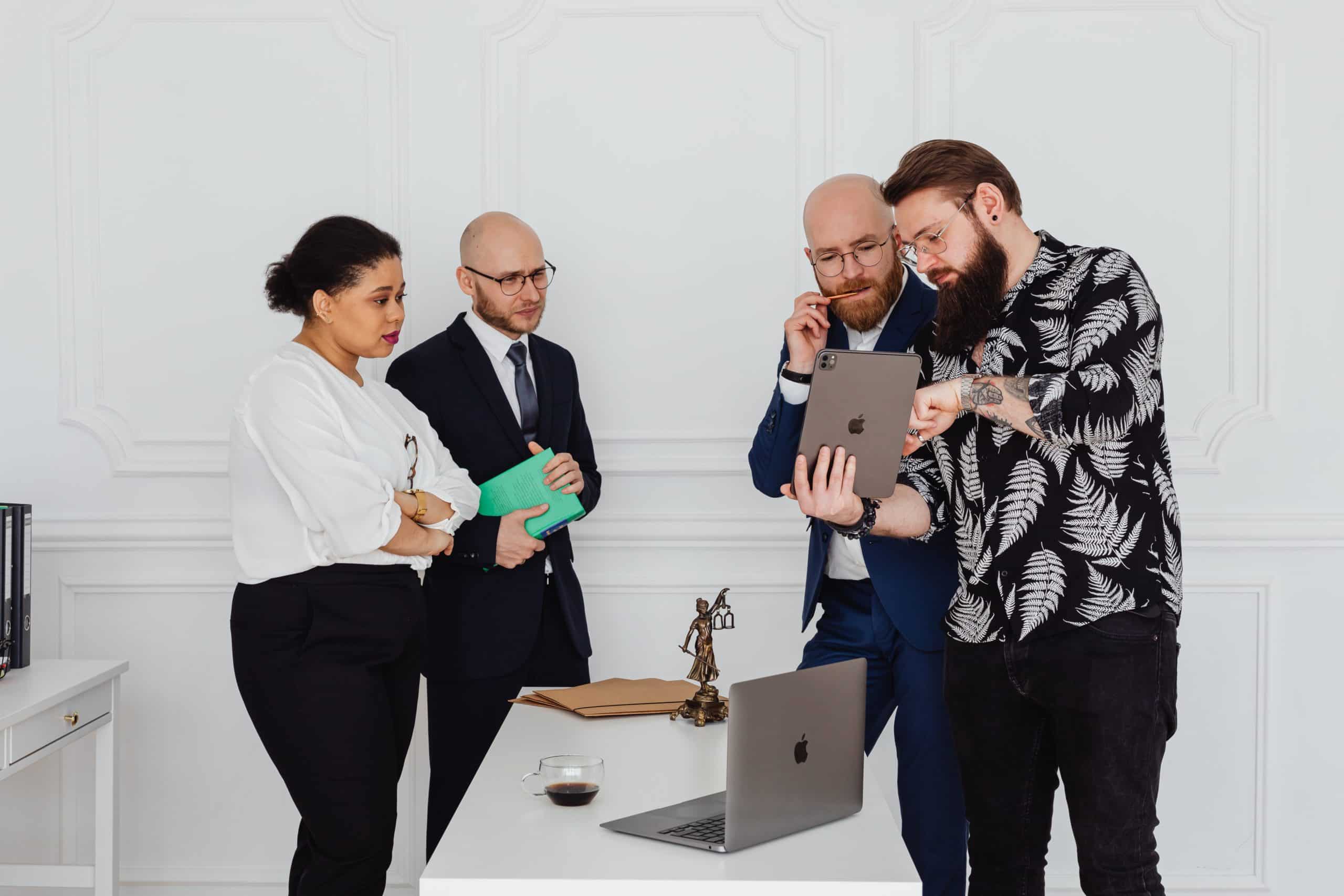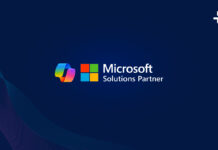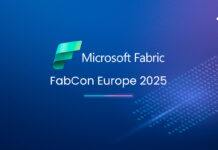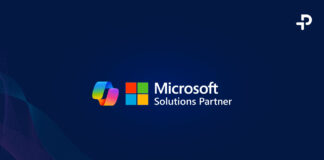At first glance, an ERP solution automatically rhymes with “authentic collaboration tool.” But when taking a closer look, it just so happens that that may not be as automatic as it seems. For an ERP solution to be dubbed as a collaboration tool it has to meet certain requirements that are not really that easy to achieve.
An ERP solution, by nature, is in fact a collaborative tool, no doubt about it. Its incremental and updating processing logic allows all users to contribute to building and consolidating the system’s most strategic industry-specific data sets safely and intelligently.
Moreover, many workflows come into play to reinforce this data enriching logic at every step of the key business processes of organizations. Be it Purchasing, Sales, Logistics, Customer Relations, Finance, HR…an ERP solution handles all or almost all business activities of a company, no department is left out. So by nature, an ERP is a collaborative tool.
But in this globalized economy where every employee (or almost every employee) is connected to their environment through social media (amongst other channels), having a tool catering to all the departments of a company, where all employees contribute to the overall process, is definitely a must…but not enough. Employees expect to access and enjoy the same connected experience they enjoy on social media when at work on their ERP solution.
Next-generation ERP is all about interoperability
This new version of ERP solution that we can also refer to as a “modern platform” includes a whole host of integrated satellite solutions to enable increased interoperability capability. Software vendors have clearly understood this need. Microsoft for instance has opted for native integrations with several collaboration tools. Its ERP solution connects with CRM and Customer Service modules but also with Teams, Office 365 and EDM solutions like SharePoint.
So it’s easier management of the business with this ERP solution. All stakeholders get access to the same information at the same time. Documents, conversations and notes can be shared very easily on share points within the ERP solution. It is now possible to share data from the ERP solution and to have a conversation on an ongoing project, a customer, an order and so on…
Personalization: a killer feature
The tools provided by this modern ERP solution bring not only a lot of flexibility in the way companies collaborate, but also allow employees to personalize and choose when and how they do so. For instance, employees can create informal groups to work on specific projects and then decide to delete these groups once the project is over.
They can also accept or reject information streams by choosing to follow certain “flows” rather than others, while still receiving notifications from the ERP related to a customer or a specific project. It is actually a kind of “self-service” approach where users can structure information they want to receive. The concept of being able to subscribe to a flow of information, on-demand, within the ERP is something that many other collaboration tools cannot provide.
With the ERP now open to its entire ecosystem of partners, collaborating stretches all the way to accessing and connecting with new tools like customer extranets and portals dedicated to suppliers. Employees and sub-contractors in full mobility mode can now enter their expense reports, their time spent on a project and update a database using a web application or a smart phone.
Collaborating: a serious competitive edge
The scope of the ERP solution is widening to better meet the growing market expectations. A new version of ERP must see the day: that of an expanded ERP that extends to satellite solutions integrating them as add-ons. With increased collaboration and quicker turnaround times, the “time-to-market” of projects has greatly improved, which brings a serious competitive edge to companies that are able to leverage these new evolutions.
That globally calls for a level of transparency of the highest degree. Employees can access more data much more easily for better decision making. That transparency caters to the expectations of the newer generations and contributes to reinforcing their engagement and therefore their loyalty. Furthermore, providing them with modern tools and technology can only bring them closer to their employer.
Developing more collaborating capability within the ERP requires pushing back the conventional standards of this tool that have, over the years, become the heart of the processing culture of many businesses. By integrating collaboration tools and add-ons on offer, forward-thinking companies gain a solid and sustainable competitive advantage.
This new ERP, open both on the inside and the outside, with a functionality scope that keeps expanding, significantly enhances data flow and by the same token opens up an avenue for many new usages. It is now an new interface between the organization and all the stakeholders: employees, customers, partners, sub-contractors…Just like a human being part of an ecosystem, it allows for all its components to relate with one another in perfect osmosis and to communicate seamlessly.
However, one question remains unanswered: when it comes to considering how an ERP evolves, who sets the pace? Is it the ERP or the new usages that surface that impact the ERP?
Article initially published in Topcom.fr






